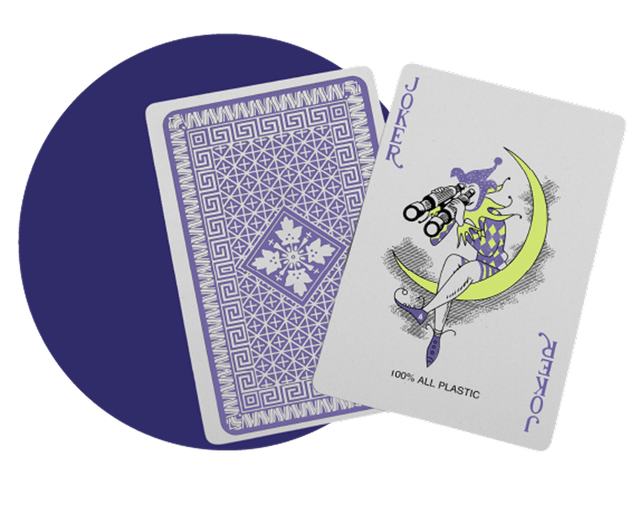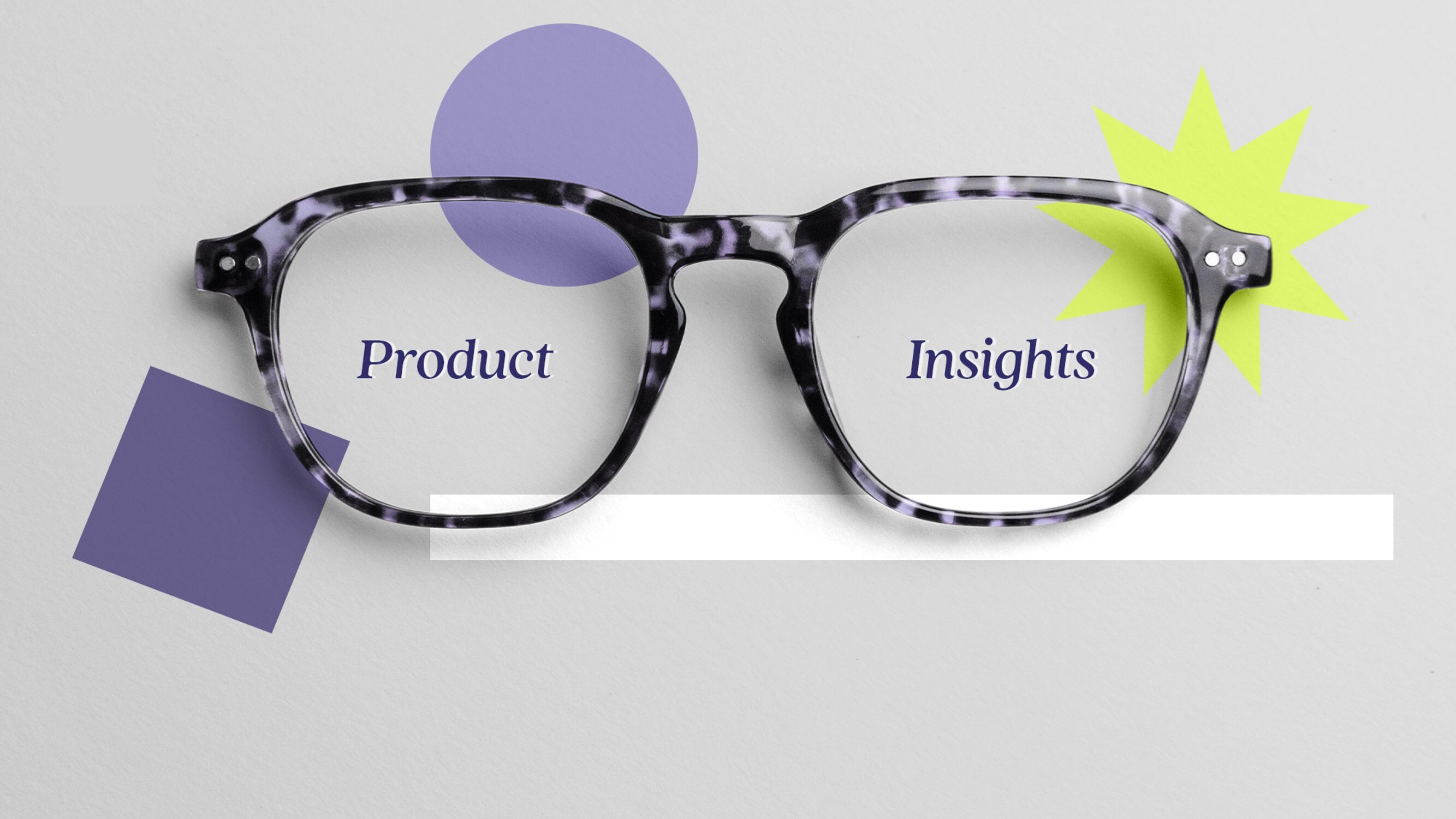
AI and the Retail Marketer’s Future
How AI transforms strategy and processes, driving the adoption of Positionless Marketing
Exclusive Forrester Report on AI in Marketing

Facebook recently announced a new tweak to its News Feed. This is hardly news to get excited about: the social media giant alters its algorithms constantly, impacting everything from the content users ingest to the ubiquitousness of clickbait and the exposure of its Facebook Custom Audience ads.
But what puts this current tweak in a league of its own is the fact that it's based on such a revolutionary and groundbreaking concept: the customer survey.
This being Facebook, it's not a "customer survey" but rather a "Feed Quality Program." Still, the essence is the same: every day the company asks a few thousand people what they like and dislike in their News Feed, and then it uses that survey data to adjust its algorithms.
In this age of data immersion, it is too easy to be lulled into the impression that everything we need to know about our customers is in the data. If our product is digital and we record and analyze user data, we may presume that we can know everything there is to know about the wants and needs of our customers: what is their overall customer satisfaction, which features they prefer, what is their user experience, and what needs updating in the next version.
As a data-driven, customer-centric company catering both to the needs of our clients and our clients' customers, we are constantly looking for ways to create a more profound understanding of our users' experience. Sometimes, there is a gap between quantitative data and qualitative data, which may serve as a well of actionable insights and can only be accessed through direct dialogue with users. The Customer Satisfaction Survey can give businesses deeper insights into the relationship between customers' expectations and their actual versus desired experiences.
We're a B2B SaaS company, with a database of hundreds of daily users. We monitor usage closely and leverage usage data to advance the product constantly. But just like Facebook discovered, as rich as the data is, sometimes a different angle can add other layers of meaning.
Our user data is a main source of insights for us, but we use customer surveys to fill in the gap between what the data tells us about our users' experience and what their subjective experience is as it's expressed in the survey data. Feature usage is a good example: we may assume that customers love the features they use the most, perhaps just as Facebook data suggested that users love clickbait – otherwise, why would they have clicked it so much?
Our last survey, for example, revealed that the feature that was rated as most valuable by our clients isn't even on the list of the ten most used features. Very much like Facebook recently discovered that its users prefer valuable long-form content -- even though they click every inane kitten video which comes their way. As a result, we decided to expand the capabilities and usability of this feature. Of course results aren't always clear cut and should be analyzed in the context of the big picture, but they may prove to be a good breeding ground for new ideas.
The dissonance between experiences as they appear in raw data vs. survey data can stem from many reasons. In the case of software, users often spend the longest time on day-to-day operational features – but this does not always correlate with their satisfaction from these features. They may deem other features very valuable but not accessible or usable enough.
We might discover that, like the rest of us, customers fall prey to human nature. They spend more time on tasks that come easily or automatically, and so we need to make more complex undertakings manageable and accessible. And sometimes they aren't as happy with the tasks they're performing as they should be.
Survey your customers. You might be surprised at what you'll learn.
A version of this post was previously published on CMSwire
Exclusive Forrester Report on AI in Marketing
In this proprietary Forrester report, learn how global marketers use AI and Positionless Marketing to streamline workflows and increase relevance.


Pini co-founded Optimove in 2012 and has led the company, as its CEO, since its inception. With two decades of experience in analytics-driven customer marketing, business consulting and sales, he is the driving force behind Optimove. His passion for innovative and empowering technologies is what keeps Optimove ahead of the curve. He holds an MSc in Industrial Engineering and Management from Tel Aviv University.


